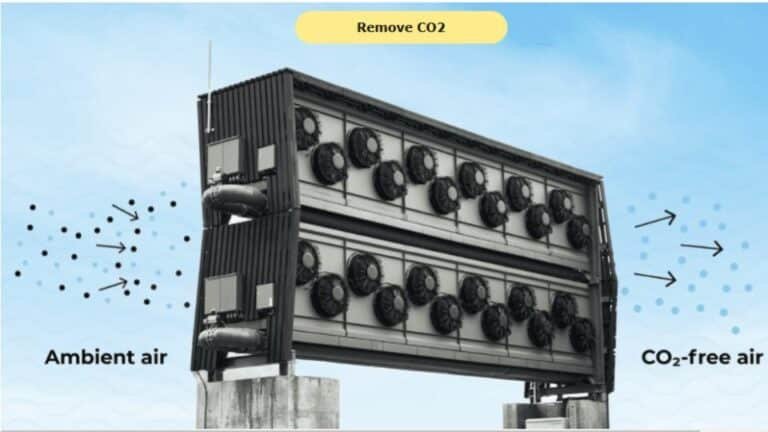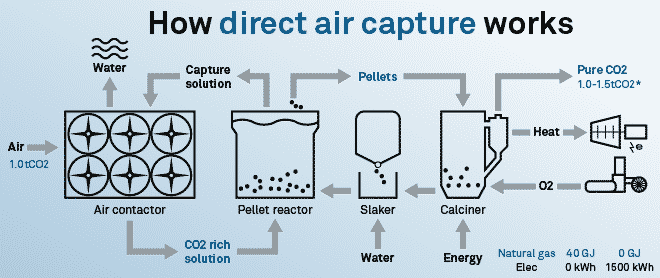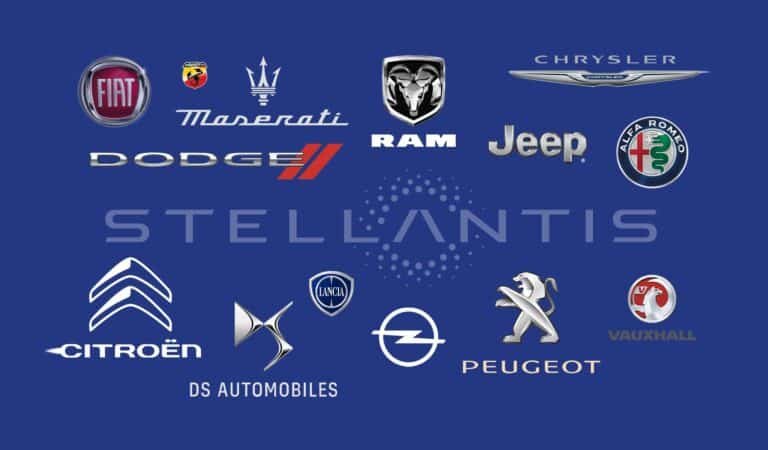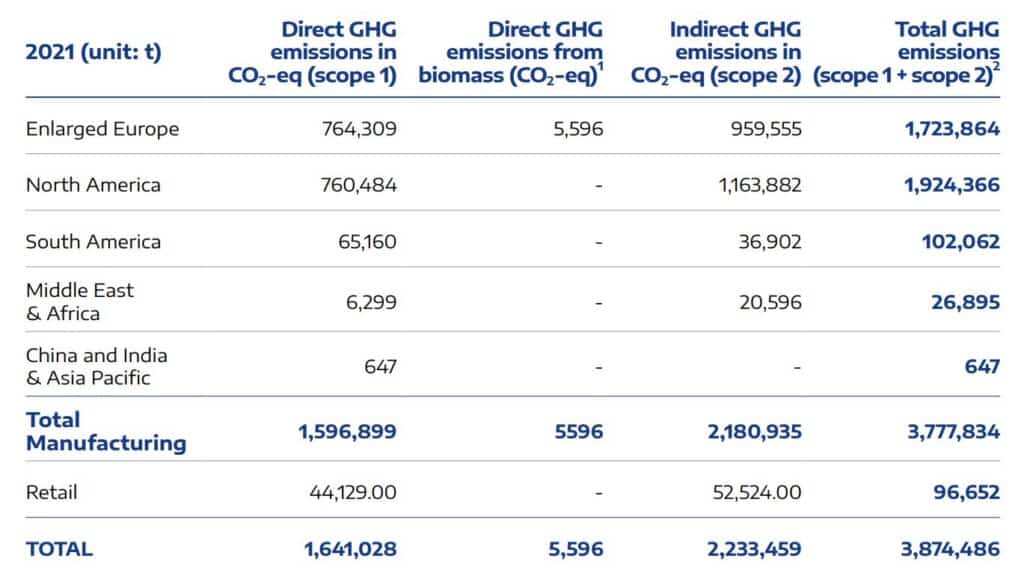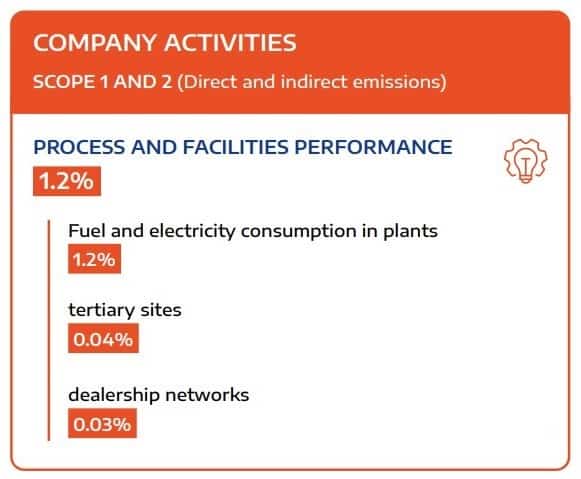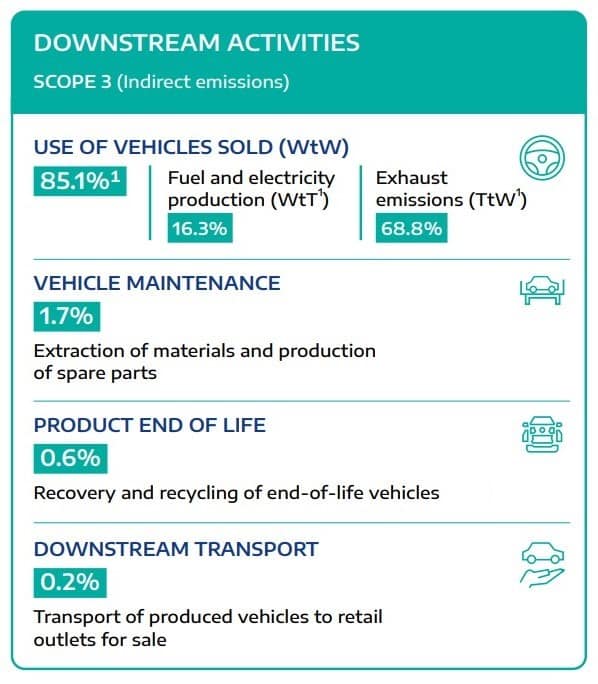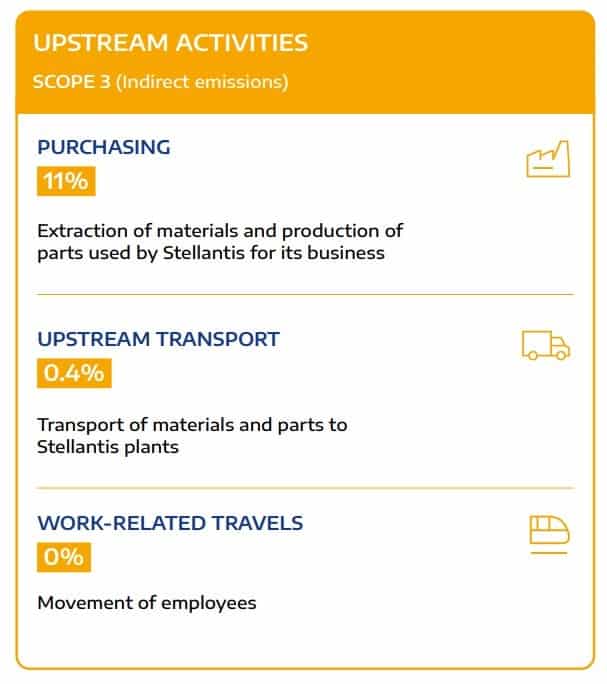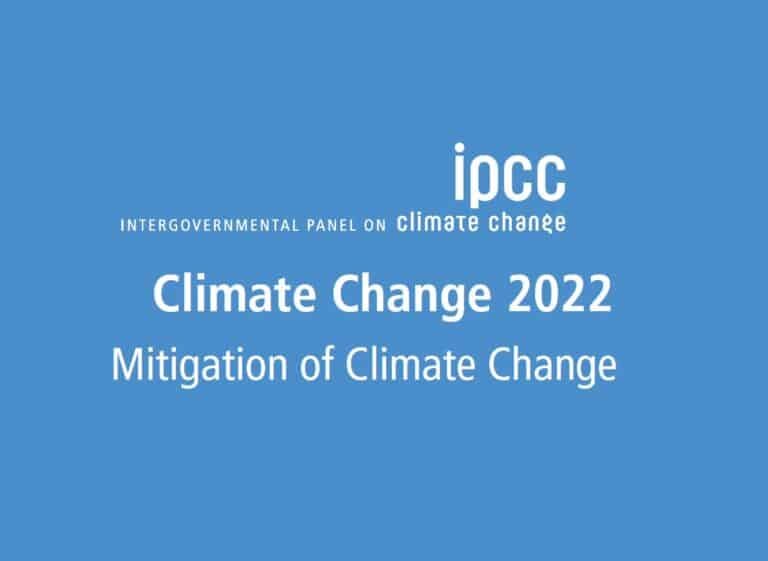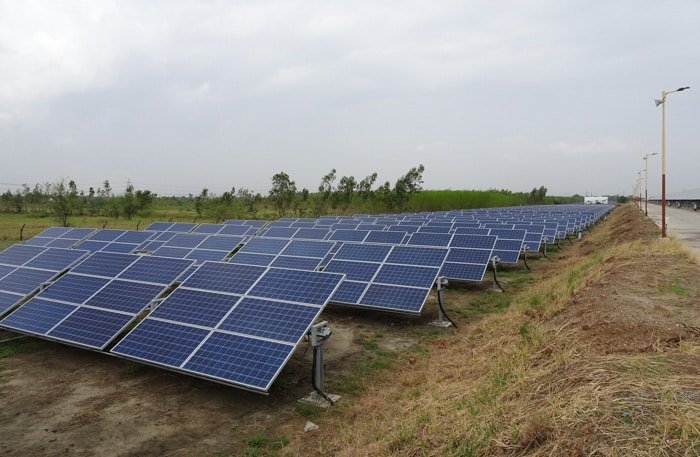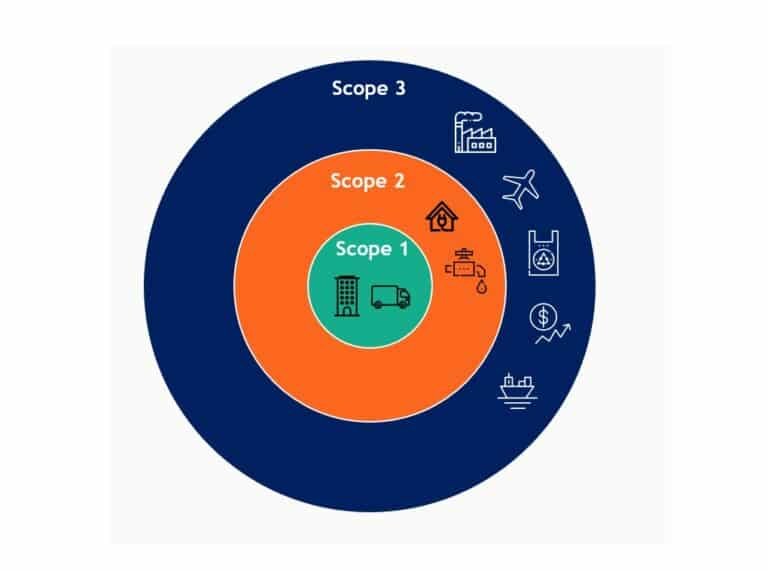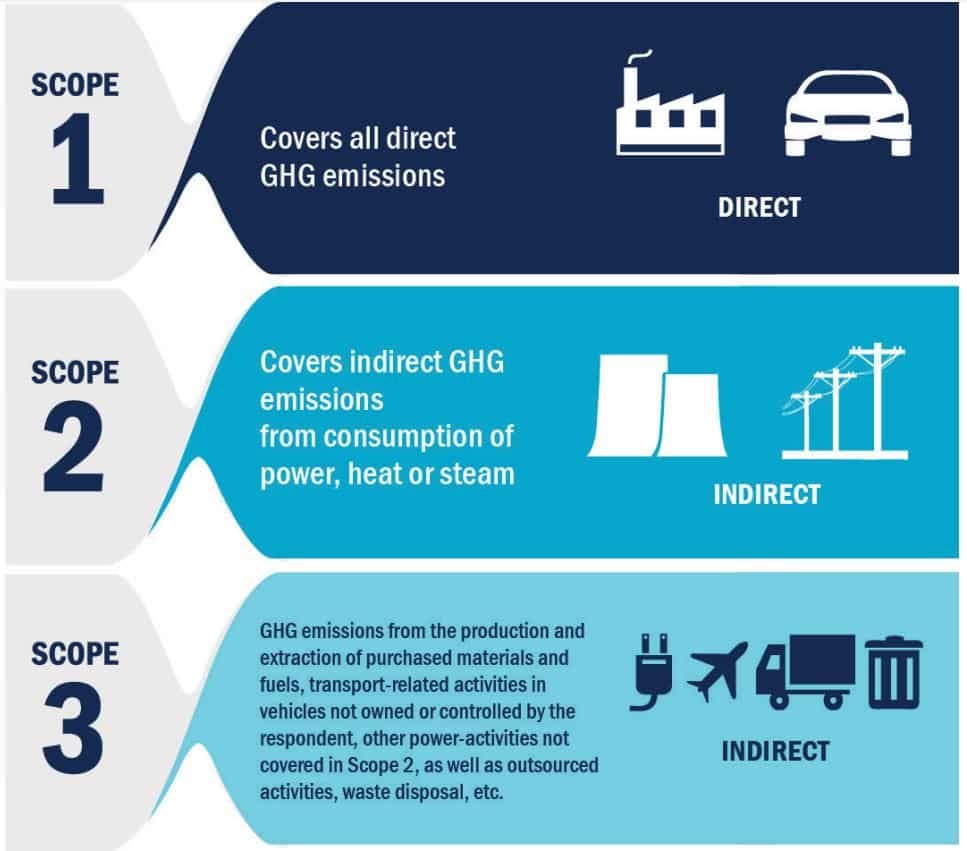EC Grants €1.1bn to Clean Energy Projects from EU ETS Revenues
Climeworks Raises $650 Million to Scale Up Its Carbon Removal Technology
Climeworks, a Swiss startup, has raised $650 million for scaling up its carbon removal technology (direct air capture).
Global GHG emissions should peak before 2025 to avoid disastrous climate change effects, according to a report by the IPCC. It says that the world has to act now to prevent warming from going beyond the critical temperature of 1.5°C.
Such a scenario does not only need massive reductions in carbon emissions. It also requires removing the existing CO2 in the air. And Climeworks is one of the startups that provides a means to do it.
Climeworks Carbon Removal Technology
Climeworks is running the biggest carbon removal plant in the world, based in Iceland. This direct air capture (DAC) technology traps CO2 and injects it into the underground.
The image below illustrates how this carbon removal technology works.
As shown above, it works by moving huge quantities of air through a special chemical that filters out CO2. It functions like a magnet that attracts iron fillings.
The captured air is heated to release the pure CO2 stream that is then pumped deep underground, where it becomes stone.
Currently, Climeworks’ DAC plant can capture only around 4,000 tons a year. This corresponds to the yearly emissions of about 600 people only residing in Europe.
So, if Climeworks wants to have significant contributions to meeting climate goals by 2050, it has to scale up its DAC operations. This is why the funding is very important for its purpose of scaling up.
Where Will the Equity Funding Go?
So far, the $650 million equity funding is the biggest amount ever raised by a carbon removal company.
The financing is from some of the most renowned and largest institutional technology investors. These include Partners Group, BigPoint Holding AG, GIC, and Global Founders Capital. Other investors are from Baillie Gifford, Swiss Re, John Doerr, M&G, and more.
The funding will help unlock the next phase of Climeworks’ carbon removal growth, ramping up its DAC to a multi-million-ton capacity.
The startup will use the money to build a 40,000-ton DAC plant with the goal of capturing over a million tons a year by 2030.
When asked about the plant’s location, the CEO, Christoph Gebald, said, “Iceland is a top favorite because of its excellent geology.”
Other potential locations are Norway and Oman. Or it could be somewhere else in North America where there is access to cheap green energy. This is vital due to the nature of the direct carbon removal process.
The DAC technology is very energy-intensive because of the procedures involved. And thus, using only renewable or carbon-free energy is a must so as not to negate its goal of cutting emissions.
Right now, Climeworks’ direct competitors are the Canadian startup Carbon Engineering Ltd. and the US-based Global Thermostat.
Meanwhile, Climeworks continues to scale up. It was a Venture Kick winner in 2010, a Venture Leader in 2017, and one of the TOP 100 Swiss Startups from 2011 to 2014.
The startup expects to grow and reach 400 workers by the end of next year, up from 180 employees today.
Stellantis Plans to be Carbon Net Zero by 2038 Without Tesla
Stellantis, the 6th largest automotive firm worldwide, revealed its plan to become carbon net zero by 2038.
The automaker owns 14 different car brands. These include famous ones like Fiat, Chrysler, Dodge, Ram, Jeep, Alfa Romeo, Citroen, Peugeot, and Maserati.
The company seeks to be the industry champion in fighting climate change. It uses its 2021 emissions as a baseline to reduce Scope 1 and 2 by 50% in 2025 and 75% in 2030.
And unlike most auto companies that plan to hit net zero goals by 2050, the automaker aims to achieve it by 2038.
Stellantis 2021 Baseline for Carbon Net-Zero Plan
In 2021, Stellantis Scope 1 emissions equal to over 1.6 million tonnes of CO2eq, while Scope 2 emissions amounted to 2.2 million tonnes of CO2eq. This translates to 0.663 tons of CO2eq per vehicle manufactured.
Here is the company’s breakdown of GHG emissions per region for 2021 for more details.
When it comes to tracking and managing its carbon footprint and targets, Stellantis follows the SBTi (Science-Based Target Initiative) method.
For 2021 alone, the automaker’s emissions of CO2 eq for cars sold in Europe only is equal to 136 million tonnes.
The images below show the firm’s main emission items by activities per emissions scope.
Stellantis’ initiatives in the previous year allowed it to reduce direct emissions (Scope 1 + 2) by 49,924 tonnes of CO2eq. This is equivalent to 8.8 kg of CO2eq per vehicle produced.
For instance, the electrification ramp-up and technical improvements to its cars reduced significant emissions. This particularly involves its battery electric vehicles (BEVs) and low emission vehicles (LEVs).
The LEV models sold in 2021 accounted for 12.8% of passenger cars in Europe and 3.4% (cars and trucks) in the US.
In line with Stellantis’ carbon net-zero target, it plans to make LEV sales become 100% in Europe and 50% in the US in 2030. Likewise, the automaker also aims to have more than 75 BEVs and earn BEV sales of 5 million vehicles by the end of this decade.
For the same year, Stellantis also managed to invest over €6.3 million in energy savings, corresponding to about €1.1 per vehicle produced. It was also able to gain a share of decarbonized electricity of 45%.
Stellantis Carbon Emissions Roadmap
To become carbon net-zero in 2038, the automaker focuses on the following main levers.
Short term 2025:
-
Energy management in all plants
-
Energy-efficient projects
Medium-term 2030:
-
Site compression and improvement of industrial footprint
-
Use and production of renewable energies
Long term 2038:
-
Technical innovations (e.g. Hydrogen, Power to gas)
-
CO2 capture and storage
-
Compensation of residual emissions
In addition, the firm continues to invest in CO2 reduction projects. This entails taking part in major emissions allowance schemes. These include the EU ETS and the Canadian Federal Output-Based Pricing System (OBPS).
Stellantis implemented two distinct internal carbon prices to aid its investments.
The first one refers to the shadow price of carbon. Its purpose is to show industrial climate-related risks and opportunities to guide the firm on which projects to invest in.
The other one is called the internal carbon price. This is to measure the cost efficiency of Stellantis’ technical levers that reduce vehicle emissions.
Finally, to make its reduction efforts run smooth, the firm links its 3 major CSR issues to its net zero ambition. These are:
-
Vehicle CO2 emissions (100% nameplates with BEV offering in EU and US)
-
Industrial and sites carbon footprint (Scope 1 and 2 emissions are net-zero)
-
Carbon footprint of the supply chain: purchasing and logistics
(carbon net-zero per Paris Agreement)
On top of its carbon net-zero plan, Stellantis also aims to double its net revenues to $335 billion by 2030. This and sustain its big profit margins while growing efforts to electrify its cars.
PNG Suspends New Carbon Credit Deals While Writing New Rules
Why PNG Bans Voluntary Carbon Credit Deals
The Carbon Credit Market and PNG
IPCC AR6 Report on Climate Change: We Must Act Now
Evidence Presented in IPCC AR6 Report on Climate Change
The IPCC’s AR6 report on climate change shows scientific evidence why we should act now or it would be too late.
From 2010 to 2019, the average annual global GHG emissions were at their highest historical levels, as shown below.

IPCC’s AR6 Solutions to Mitigate Global Warming
India’s Ambitious Climate Goal Threatens by the Power Sector
India’s lofty climate goal is at risk due to the financial problems that power retailers face, along with other issues.
Part of the country’s green plan is to increase renewable energy capacity by the end of 2022.
But estimates from BloombergNEF reveal that India is likely to miss its 175 GW target. This translates to around 36% of failing to achieve such renewables goal.
This scenario is an indicator that the country is having structural issues on its way to net zero. The power suppliers, in particular, which control about 90% of the nation’s electricity supply are one of the main culprits.
How Hard is it to Achieve India’s Climate Goal?
The financial distress of India’s power retailers is the key reason why its 2022 target seems to fail. They struggle to pay off debts and recover losses, affecting their service delivery.
Such a situation led to power suppliers’ missed payments to power producers. In effect, it also impacts other transactions across the industry, hindering growth.
For instance, wind projects that won government auctions did not manage to take off. This is largely linked to the issues confronting the distribution utilities.
Thus, industry experts believe that it’s imperative not to rely on state power retailers in hitting India’s climate goal.
Otherwise, it will put the nation’s climate goals at risk.
One way to expand its renewables target is to use new technologies like green hydrogen. This prompted the government to use extreme measures to offer citizens affordable, clean energy.
Unfortunately, the quest for clean energy has driven energy prices too high. This makes things even more challenging for the nation to advance its climate plan. Other major factors are also at play.
Too many policy changes and tax matters.
“Renewable energy is a business where making the most out of the investment is vital”, the CEO of a solar power developer said. But, if there are too many changes in a policy that affect the cost, growth in the sector becomes slow.
Also, taxes and import tariffs increases caused uncertainties in costs. For example, a sharp rise in renewable energy equipment taxes, from 5% to 12%, hit power developers so hard.
Likewise, major solar power developers in India are dubious about the new import tax. They are forced to delay big solar projects, holding 900 MW, because of a high customs tax of 40%.
Such is the case with the renewables partnership between Scatec ASA and Acme Solar Holdings. There are other renewables projects that can largely contribute to India’s climate goal. But those structural issues are putting them on hold.
So, What Comes Next for India?
India managed to report some renewables achievement, 152.9 GW + 72.6 GW, powered by hydro, solar, and wind. But still, such figures are too far from India’s ambitious climate goal set by Modi at the COP26 summit.
The country seeks to have 500 GW of renewables by 2030, getting huge interest from investors.
Yet, what’s even more critical than winning investors’ attention is fixing the major problems hurting the power sector in India.
Netflix Bought 1.5 Million Carbon Credits in 2021
Projects Comprising Netflix Retired Carbon Credits
Netflix Net-Zero Carbon Targets
What makes Netflix’s carbon offset projects of high quality is its diligent evaluation process. It includes a five-step screening of RFP-based procurement, resulting in identifying the highest-quality nature-based projects
The Importance of Scope 3 Emissions in The Race to Net Zero
The pressure to seek net zero pledges that include Scope 3 emissions is rising.
Here is an overview of the differences between Scope 1, Scope 2, and Scope 3 emissions.
CO2 emissions falling under Scope 3 include value chain emissions, and carbon footprint from suppliers, customers, business travels, company leases, and more.
Businesses with low Scope 1 and 2 emissions, but high Scope 3 emissions may soon face financial issues if they don’t pay attention to it. Why is that so?
Investors’ Focus Favoring the Importance of Scope 3 Emissions
Before investors were looking for companies to reduce only operational emissions (Scope 1) and indirect emissions from energy purchases (Scope 2).
But now, they are shifting their focus to the whole business supply chain.
ESG investors are looking for companies that are able to change and commit to achieving climate goals.
Thus, the main question they have concerns the entire activities that firms are doing or not relating to emissions. This means the importance of Scope 3 emissions is of high interest, too. In fact, it is where the largest carbon footprint is happening.
According to the Greenhouse Gas Protocol, there are 15 classes of Scope 3 emissions. GHG Protocol uses a world-renowned standard to measure and manage GHG emissions of companies and their value chains. It identifies “purchased goods and services” and “use of sold products” as most vital.
Take for instance the case of the oil and gas industry. O&G companies often have big Scope 3 emissions from end-product combustion.
Those value chain emissions are even much higher, 6x or more than the combined Scope 1 and 2 emissions.
In fact, many businesses have Scope 3 emissions that account for over 70% of their total footprint.
Why Dealing With Value Chain Emissions is Tricky?
As investors prefer a low emissions economy, a company’s climate plans have to align with it. But, companies with high supply chain emissions but low operational emissions may find it tough.
The financial challenge is due to various things. These include policy risks, carbon pricing, and shifts in end-product market demand.
Worse is that companies don’t have enough control over their Scope 3 emissions. This makes factoring in and managing supply chains emissions complex and burdensome.
Complicating the issue is a lack of regulatory guidance promoting the importance of Scope 3 emissions.
SEC had recently issued a proposed rule on emissions disclosure. Yet, while it has clear guidelines on Scopes 1 and 2 disclosure, disclosing supply chain emissions is left to the company to determine.
Is Scope 3 emissions “material” to disclose, too? It depends on the firm to decide.
For bigger companies that have been reporting all their emissions, it is a must. But for smaller ones that don’t have the capacity to do it, they are an exception to the SEC’s rule.
IETA Releases Guidelines on Blockchain Use in Carbon Markets
What Prompts IETA’s Guidelines on Blockchain Use in Carbon Markets?
IETA’s Initial Guiding Principles on Blockchain
-
Credible standards: carbon-backed digital tokens should come from verified and registered projects. Only government-approved carbon crediting schemes or the Standards must endorse those projects.
-
Registry control: it is only the Standards that may permit carbon credits tokenization. And so, the Standards must have a system in place to perform this role.
-
Tokens: tokens that are for issuance and verified are valid for stamping. But unverified, canceled, and retired carbon credits are not qualified for tokens.
-
Transparency: all token issuers are subject to KYC and AML reviews. This is important for consumer protection and transparency.
-
Investor Safeguards: issuers must ensure that digital climate assets are fit for investors. This is crucial in cases where there is no direct link to the underlying carbon asset.
-
IT Security: the use of proven methods of protection against cyber threats is a must.
-
Claims: only the removed and retired tokenized credits are permissible for claims. The mere holding of the credits, not retiring them, are not valid for compensation claims.
Impacts of IETA’s Principles on Blockchain
Canada’s 2030 Emissions Reduction Plan: Clean Air, Strong Economy
What’s in Canada’s 2030 Emissions Reduction Plan?
The Plan describes various actions that are already making notable emissions reductions. Better still, it outlines the new measures Canada needs to achieve its 2030 target and 2050 net-zero emissions.
Canada will reach its 2030 emissions target by:
-
Helping to reduce energy costs for homes and buildings
-
Decreasing carbon pollution from the oil and gas sector
- Empowering communities to take climate action
-
Powering the economy with renewables
-
Investing in nature and natural climate solutions
-
Supporting farmers as partners in building a clean, prosperous future
-
Maintaining Canada’s approach to pricing pollution
In particular, part of Canada’s 2030 Emissions Reduction Plan is to invest $2.9 billion to make buying zero-emission vehicles (ZEVs) more affordable.
It will also have a regulated sales mandate so that 100% of new passenger cars sold will be zero-emission by 2035. The interim targets for ZEV are 20% by 2026 and 60% by 2030.
Canada’s Emissions Reduction Plan also reveals another $780 million to invest in the power of nature to capture and store carbon. These include the oceans, wetlands, peatlands, grasslands, and agricultural lands. Investments in this area will further explore the potential for negative emission technologies.
Even more crucial is reducing oil and gas methane emissions by 75% in 2030 while creating good jobs. The estimated contribution for the oil and gas sector alone is a 31% reduction from 2005 levels. This is equal to a 42% reduction from 2019 levels.



